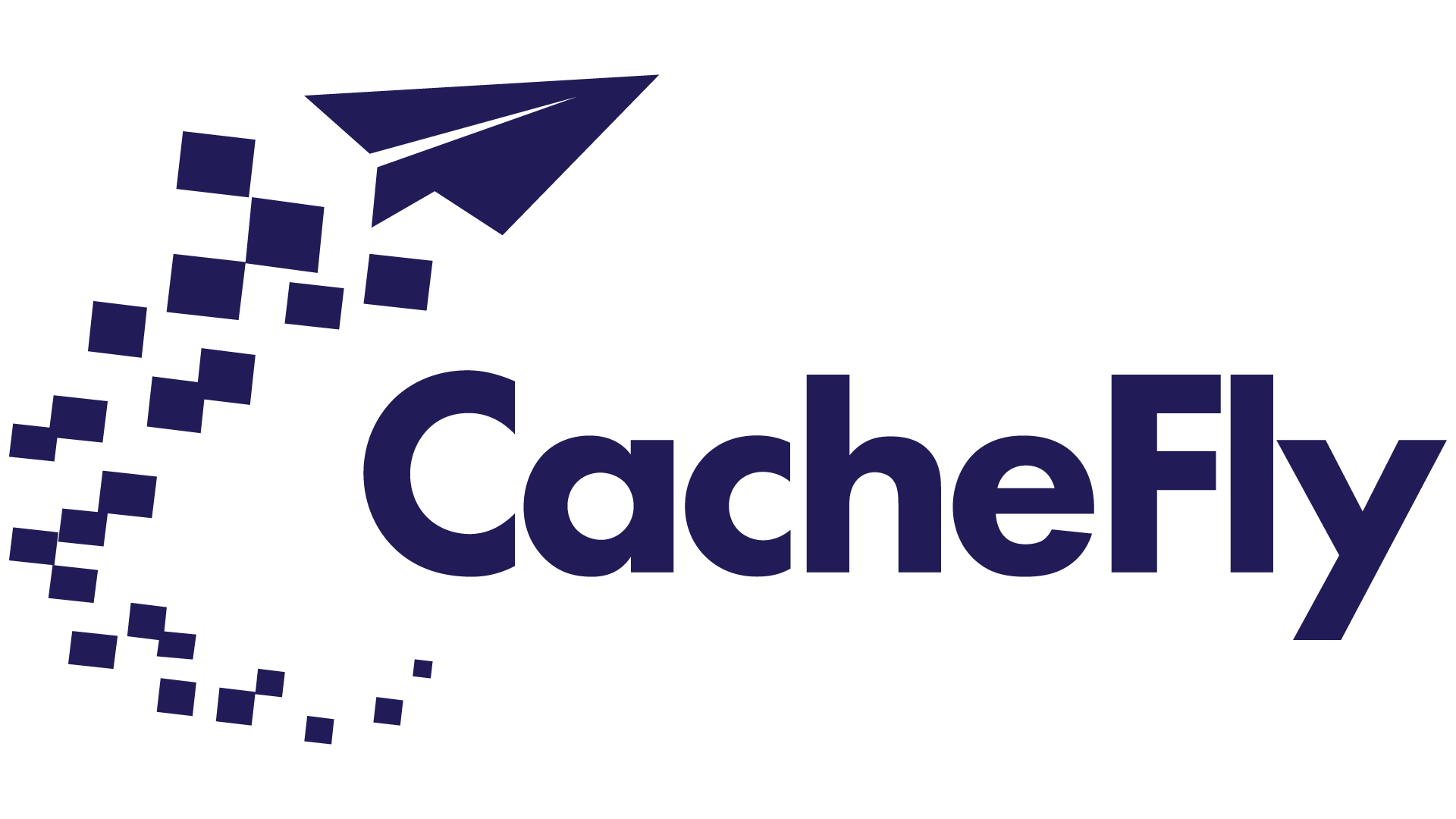
Your Guide to Reducing Latency Across Various Digital Platforms
Key Takeaways
- Understanding the pivotal role of network infrastructure in contributing to latency.
- Examining the correlation between server performance and latency.
- Defining round-trip time (RTT) and its significance in reducing overall latency.
- Analyzing how application design impacts latency and the importance of efficient algorithms.
Latency is a crucial factor that directly impacts the speed at which your web pages load and how quickly users can interact with your website. Various elements contribute to latency, including network infrastructure, server performance, round-trip time (RTT), application design, and user perception. In this article, we will delve into the key factors that contribute to latency and their impact on digital experiences. We will also provide practical tips for reducing latency. The goal is to help you understand the importance of latency in digital experiences and provide actionable strategies for minimizing it.
Understanding Latency: Key Factors and Their Impact on Digital Experiences
Network infrastructure plays a pivotal role in contributing to latency. The physical distance between the user and the server, as well as the quality and capacity of the network infrastructure, can significantly influence latency. For instance, the use of fiber-optic cables, efficient network routing, and high-performance ISPs can help to minimize latency.
Server performance is another crucial determinant of latency. There is a strong correlation between server hardware specifications – such as CPU, RAM, and storage – and latency. Using solid-state drives (SSDs) and implementing effective content caching strategies can significantly reduce response times and overall latency.
Round-trip time (RTT) is another key factor in determining latency. Latency refers to the time taken for a request to travel from the user’s device to the server and back. This round-trip time (RTT) includes several stages: DNS Resolution, TCP Handshake, HTTPS Negotiation, and Request/Response. Minimizing RTT is crucial for reducing overall latency.
The design of the application also affects latency. Efficient algorithms, minimal resource usage, and asynchronous processing can significantly reduce latency in application design. Moreover, optimizing database queries can further enhance performance and minimize latency.
Finally, user perception is a crucial aspect to consider when addressing latency. Even small increases in latency can lead to higher bounce rates, lower conversions, and reduced user retention. Therefore, minimizing latency across all digital platforms is critical to ensuring a positive user experience and engagement.
Leveraging Content Delivery Networks (CDNs) for Latency Reduction: Practical Tips and Strategies
Content Delivery Networks, or CDNs as they are commonly known, significantly aid in minimizing latency. CDNs function by caching content across a geographically distributed network of servers, literally bringing the content closer to the end-user. This effectively reduces the physical distance that data must travel, thereby minimizing latency. It’s like setting up a series of relay runners along the data’s path—each one gets the data to its destination faster and more efficiently.
Distributed Infrastructure and Its Role in Reducing Latency
CDNs use a distributed infrastructure to store and deliver content. The distributed nature of these networks enables them to cache content closer to the end-user, reducing the distance that data has to travel and hence, the latency. As a result, your website visitors experience faster load times and more responsive interactions.
Intelligent Routing: The Path of Least Resistance
CDNs don’t just blindly push data along. They use advanced routing algorithms, such as anycast, to intelligently guide user requests to the nearest available server. This routing takes into account factors like network congestion, server load, and geographic proximity. By directing traffic along the path of least resistance, CDNs optimize content delivery and reduce latency.
Caching and Content Optimization: The Need for Speed
Another crucial component of CDNs is their use of various caching techniques. By employing methods such as edge caching and content preloading, CDNs store frequently accessed content closer to the user. This eliminates the need for repeated requests to the origin server, reducing latency and improving performance. It’s like having your favorite snacks at your desk, instead of having to walk to the kitchen every time you want a bite.
Protocol Optimization: The Fast Lane of the Information Superhighway
CDNs also support and implement advanced protocols like HTTP/2 and QUIC (Quick UDP Internet Connections) to minimize latency. These protocols enable features like multiplexing, header compression, and reduced round-trips, resulting in faster content delivery. It’s like upgrading from a single-lane country road to a multi-lane superhighway—more data gets to its destination faster.
Dynamic Content Acceleration: Delivering Personalized Content, Fast
Delivering dynamic, personalized content with low latency can be a challenge. However, CDNs can rise to this challenge using techniques like API caching, serverless computing, and edge-side includes (ESI). These techniques accelerate the generation and delivery of dynamic content, ensuring a seamless user experience. It’s like having a personal concierge that not only knows what you want but also delivers it to you faster than you thought possible.
Overall, CDNs significantly reduce latency, providing an enhanced user experience. Leveraging these networks, combined with the practical tips for reducing latency discussed here, can significantly improve the performance of your digital platforms.
Optimizing Media Delivery for Reduced Latency: A Deep Dive
Media delivery optimization plays a crucial role in latency reduction. As the demand for high-quality, real-time media streaming grows, so does the need for advanced, efficient delivery techniques. Here, we explore several strategies and technologies that can help you achieve reduced latency in media delivery.
Adaptive Bitrate Streaming: The Chameleon of Media Delivery
Imagine if your media stream could adapt to your network conditions in real-time. With adaptive bitrate streaming technologies such as HLS and MPEG-DASH, it can. These technologies dynamically adjust the quality of the video or audio stream based on the user’s network conditions and device capabilities. The result? Minimized buffering, reduced latency, and a smooth and uninterrupted viewing experience. It’s like having a personal media butler who ensures you always get the best possible viewing or listening experience, no matter the circumstances.
Content Packaging and Segmentation: The Art of Media Delivery
Content packaging and segmentation play a vital role in reducing latency for media delivery. By splitting media files into smaller, manageable chunks, faster initial playback is possible, and seamless transitions between quality levels are achieved. The perceived latency for the user is reduced, much like how a well-organized suitcase makes it easier and quicker to find what you need.
Multi-CDN Strategies: The Power of Collective Efficiency
Employing a multi-CDN approach for media delivery has significant benefits. By leveraging multiple CDN providers, traffic is distributed, redundancy is improved, and latency is reduced. It’s like having a team of relay runners working together to get the baton (in this case, your content) to the finish line as quickly as possible.
Edge Computing for Media Processing: Bringing the Action Closer
Edge computing holds great potential in reducing latency for media delivery. Processing tasks such as transcoding, encryption, and packaging can be offloaded to edge servers closer to the user, minimizing the time required for media preparation and delivery. It’s like moving the kitchen closer to the dining room—your meal gets to you faster, and it’s always hot and fresh.
Low-Latency Protocols for Live Streaming: When Every Second Counts
Delivering live video content with minimal latency presents unique challenges. However, the use of low-latency streaming protocols such as WebRTC and Low-Latency HLS can enable near real-time delivery of live video, reducing the delay between the actual event and the viewer’s experience. It’s like having a front-row seat at every live event, without the inconvenience of travel or crowds.
Overall, these practical tips for reducing latency can significantly improve the performance of your media delivery platforms. As demonstrated by CacheFly, a CDN can reduce latency in online games by up to 60%, resulting in improved performance and a better in-game experience for users. By adapting these strategies and technologies, you too can achieve similar results across various digital platforms.
Tricks of the Trade: Latency Reduction Techniques for Web and Mobile Applications
Digital platforms have become the new playground for businesses, but the game-changer is speed. Slow loading websites and mobile applications can cause users to bounce, leading to lost opportunities. Let’s delve into some of the practical tips for reducing latency in web and mobile applications.
Minimize HTTP Requests: Less is More
Every HTTP request is like a conversation between the client and the server, and excessive dialogue can slow things down. By combining and minifying CSS and JavaScript files, using image sprites, and leveraging browser caching, you can reduce the number of HTTP requests. This approach leads to reduced latency, faster page load times, and a more efficient conversation between client and server.
Optimize Resource Loading: Prioritize and Defer
Not all resources are created equal. By implementing lazy loading, you can defer the loading of non-critical resources until they are needed. Prioritize the loading of above-the-fold content to ensure that users can interact with the page quickly, even if some elements are still loading in the background. It’s like loading a moving truck – you don’t need the garden gnome right away, but the couch? Definitely.
Compress and Optimize Assets: Size Does Matter
Reducing the size of your assets is another practical way of reducing latency. By applying compression techniques such as Gzip and Brotli to text-based assets and optimizing images with appropriate formats and compression, you can achieve smaller file sizes. This leads to faster transmission of data and reduced latency – think of it as choosing email over snail mail.
Leverage Browser Caching: Remember and Reuse
Browser caching is your secret weapon for reducing latency. By setting appropriate caching headers, you’ll instruct browsers to store static assets locally. This eliminates the need for repeated downloads on subsequent page visits, reducing latency and improving performance. It’s like having a top-notch recall system for your digital assets.
Implement Server-Side Rendering (SSR): Prepare and Serve
Server-Side Rendering is like a chef preparing your meal before you arrive at a restaurant, reducing your wait time. With SSR, complete HTML pages are generated on the server and sent to the client. This approach minimizes the latency perceived by the user, especially for content-heavy applications.
Optimize Database Queries: Streamline and Speed Up
Database operations can be a bottleneck if not optimized. By indexing frequently accessed fields, denormalizing data when necessary, and using caching mechanisms like Redis or Memcached, you can streamline your database queries. Efficient database operations reduce the time required to fetch and process data, minimizing latency—It’s like having a well-organized filing system.
Minimize Third-Party Dependencies: Less is More
Third-party scripts, libraries, and services can be a double-edged sword—they can add functionality but also increase latency. By reducing reliance on external dependencies and prioritizing the loading of critical third-party resources, you can prevent latency issues caused by slow or unresponsive third-party servers. It’s like choosing your friends wisely.
In summary, the path to latency reduction is through optimization, prioritization, and efficient use of resources. Whether it’s minimizing HTTP requests, optimizing resource loading, or leveraging browser caching, each strategy offers practical tips for reducing latency in web and mobile applications.
Are you ready to implement these strategies into your digital platform? Remember, speed is not just about moving fast—it’s about efficiency, optimization, and delivering a superior user experience.
About CacheFly
Beat your competition with faster content delivery, anywhere in the world! CacheFly provides reliable CDN solutions, fully tailored to your business.
Want to talk further about our services? We promise, we’re human. Reach us here.
Product Updates
Explore our latest updates and enhancements for an unmatched CDN experience.
CacheFly in the News
Learn About
Work at CacheFly
We’re positioned to scale and want to work with people who are excited about making the internet run faster and reach farther. Ready for your next big adventure?




